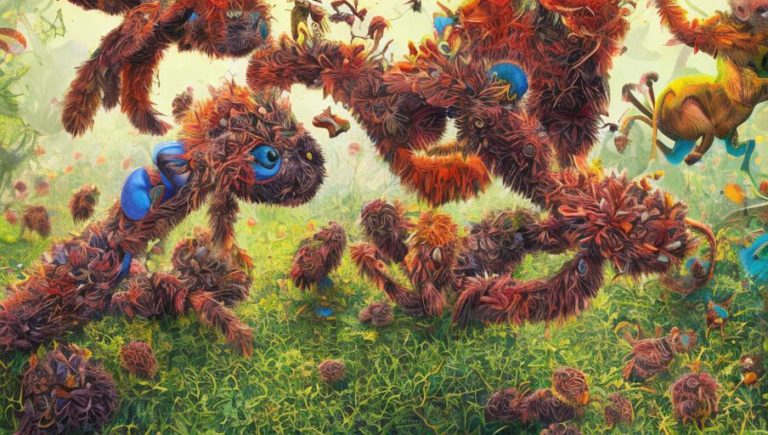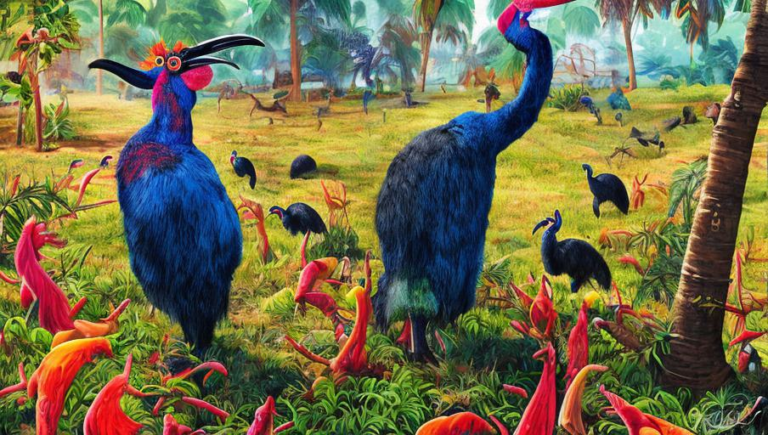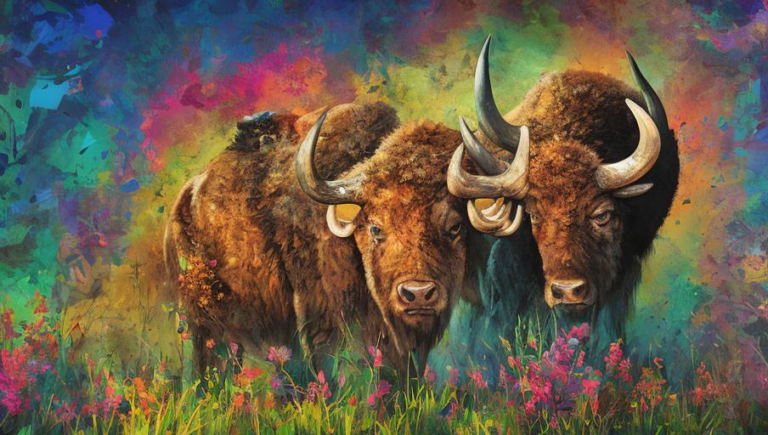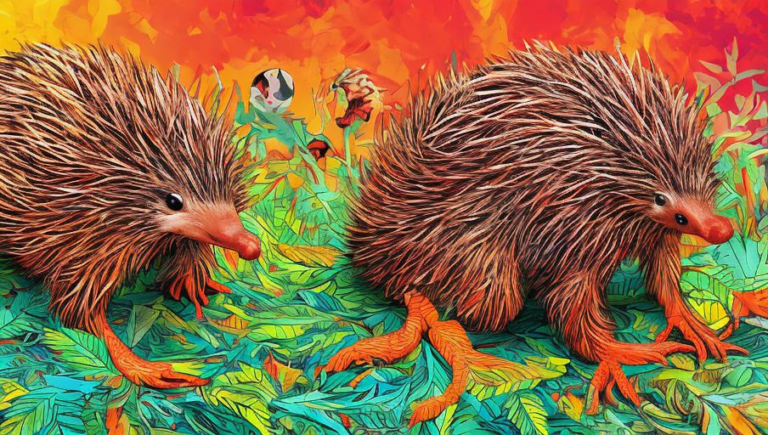Vast Opportunities: Researching the Curlew
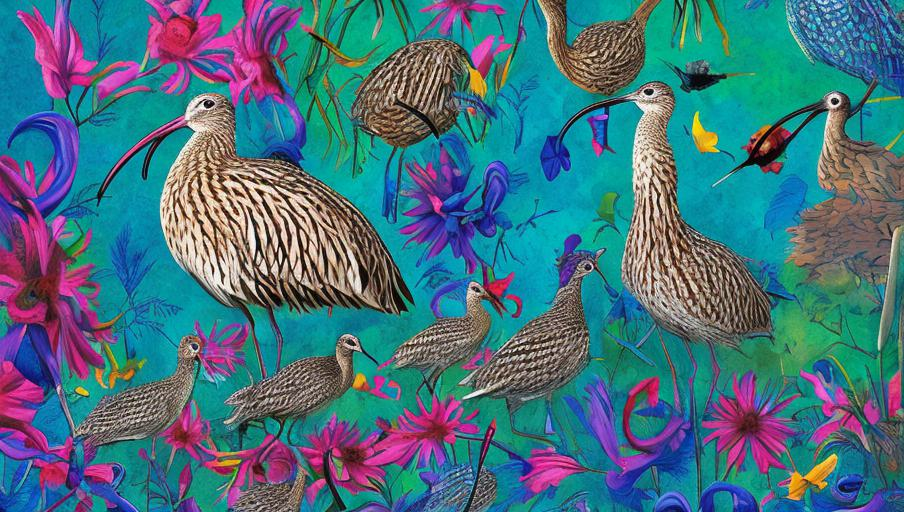
The Fascinating Curlew
The curlew is a type of shorebird that inhabits the shorelines of many countries around the world. It’s a large bird with a curved bill, long legs, and a loud and distinctive call. These birds can be seen in many different habitats, from beaches to wetlands, and are known for their long migratory flights.
The curlew is a fascinating creature that has been the subject of much research and study. Scientists are eager to learn more about the species’ population, behavior, and conservation needs. Researchers have discovered that curlews have a variety of adaptations that allow them to survive in different habitats and climates.
Behavioral Patterns of the Curlew
Curlews are long-distance migratory birds and often fly thousands of miles to reach their breeding grounds in the summer. During their migratory flights, they can travel at speeds of up to 40 miles per hour for long periods of time. Scientists have observed that curlews often travel in large flocks when migrating, which helps them to conserve energy and reach their destination quickly.
The diet of a curlew consists primarily of insects, crustaceans, and other invertebrates. They use their long bills to probe the mud, sand, and vegetation in search of food. Curlews also hunt in shallow water and may sometimes feed on small fish.
Conservation Efforts for the Curlew
The curlew is listed as a threatened species in many countries. The primary threat to the species is the loss of suitable habitats due to human activities such as development, pollution, and agricultural practices. In addition, the bird is also threatened by hunting, predation, and climate change.
Conservation efforts for the species include protecting its habitats, creating reserves, and raising awareness about the species’ plight. Research is also being conducted to better understand the species’ behavior, breeding, and migratory patterns, as well as its conservation needs.
Conclusion
The curlew is a fascinating species that is in need of protection. Research into its behavior and conservation needs is essential for its survival. Conservation efforts such as habitat protection, creating reserves, and raising awareness are key to the species’ long-term protection. With the help of dedicated conservationists and researchers, the curlew may continue to grace our shorelines for generations to come.
